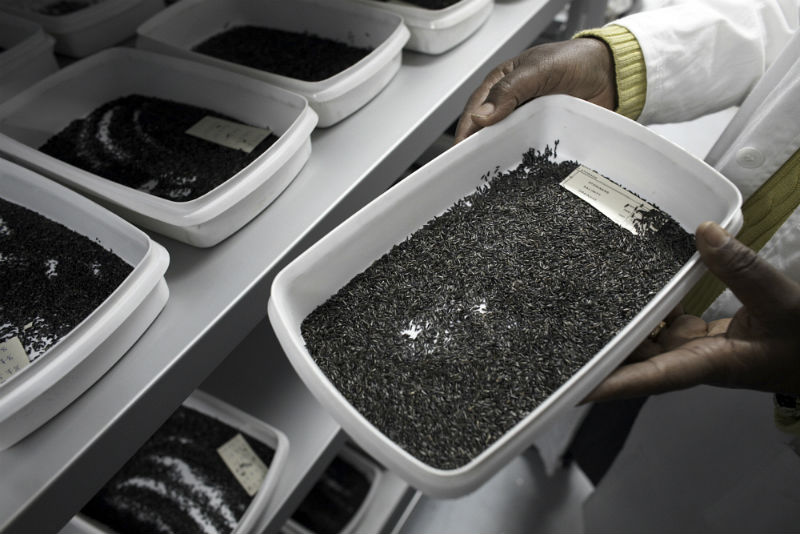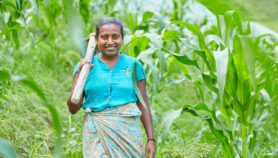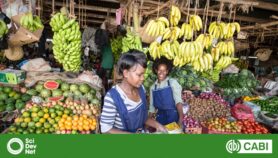By: Leslie Salgado
Send to a friend
The details you provide on this page will not be used to send unsolicited email, and will not be sold to a 3rd party. See privacy policy.
Wild relatives of vital food crops are at risk of going extinct but remain underrepresented in gene banks, scientists warn.
There is an urgent need to collect and conserve relatives of plants such as rice, wheat, maize and potato to preserve their genetic diversity, says a paper published this week (21 March) in Nature Plants. These plants may have useful traits that could be bred into future crops.
The research maps more than 1,000 wild relatives of 81 essential food crops, and found that more than 70 per cent of the wild plants are underrepresented in gene banks.
“The value of these crop wild relatives is almost incalculable for our future food security.”
Paul Smith, Botanic Gardens Conservation International
The scale of the need was a big surprise for the researchers, they say. “We knew that there was work to do, but not this much,” says Ruth Eastwood, coordinator of the Crop Wild Relatives project at Royal Botanical Gardens, Kew, in the United Kingdom.
The study highlights hotspots where these missing species can be found. Some of the wild crop relatives marked as high priorities are in places threatened by war — such as Syria and Afghanistan — or areas that see high deforestation and biodiversity loss — such as South-East Asia.
The paper proposes that plant collection efforts should focus on the Mediterranean, the Middle East, South-East Asia and South America, where “the most critical collecting gaps” occur.
For example, “potato crop wild relatives are mainly found along the Andes in South America, although some species are found as northerly as Mexico and just into the United States”, Eastwood explains. “The main concentration is in Peru and Bolivia.”
The highest concentration of wild relatives of maize is found in Mexico, while rice relatives can be found across the tropics in places as diverse as Brazil, Cambodia, Thailand and West Africa.
But making high-quality collections from wild plants “does take time and care”, warns the paper.
Paul Smith, secretary-general of global body Botanic Gardens Conservation International, says: “The value of these crop wild relatives is almost incalculable for our future food security.” This is because these plants include useful traits such as disease resistance and drought tolerance, he says.“It is essential that none of these crop wild relatives becomes extinct and that we make them available to crop breeders as soon as possible.”
The UN’s Sustainable Development Goals recognise the importance of these species. Goal 2 says it is necessary to “maintain the genetic diversity of seeds, cultivated plants and farmed and domesticated animals and their related wild species”.
References
Nora P. Castañeda-Álvarez and others Global conservation priorities for crop wild relatives (Nature Plants, 21 March 2016)














